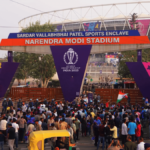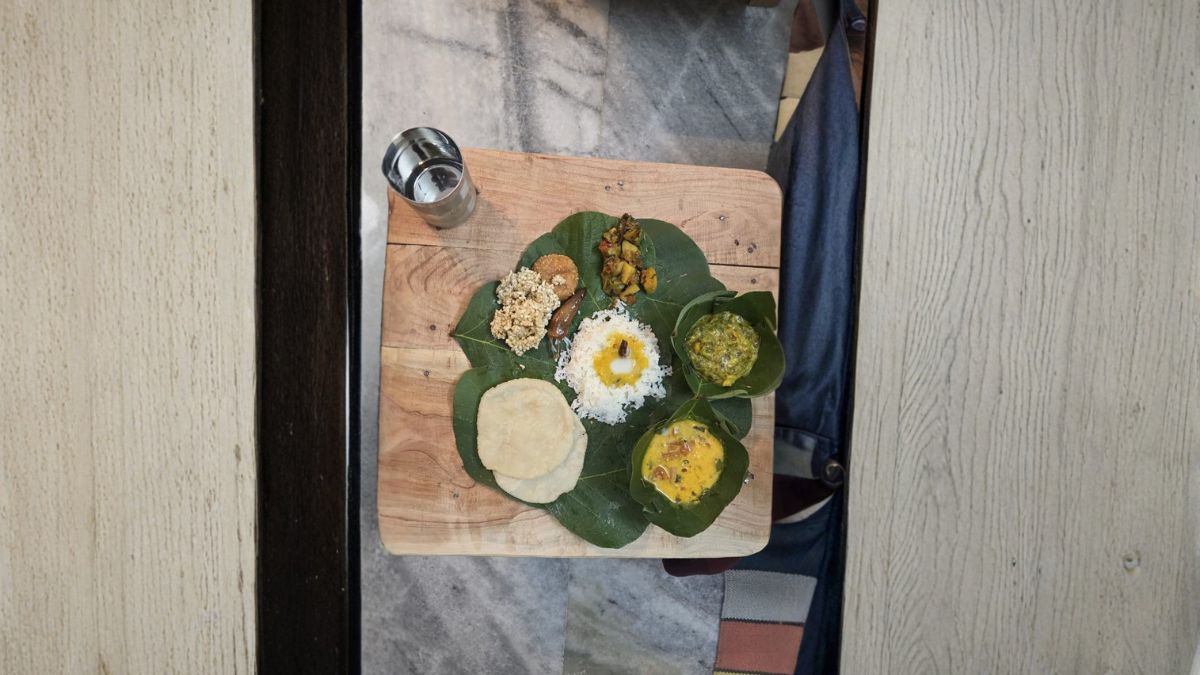Beyond the Taj Mahal: India’s Architectural Marvels
For admirers of the Taj Mahal and its unparalleled architectural beauty, India offers a plethora of remarkable landmarks that stand testament to the country’s rich cultural and historical heritage. While the Taj Mahal remains an enduring symbol, these extraordinary structures draw hundreds of thousands of visitors each year.
Fatehpur Sikri
Located near the Taj Mahal, Fatehpur Sikri is a UNESCO World Heritage Site and served as the capital of the Mughal Empire from 1571 to 1585. Well-preserved, it holds historical significance as the place where Mughal emperor Akbar initiated the all-inclusive religion, Din-i Ilahi.
Lotus Temple, Delhi
Delhi’s Lotus Temple, designed by Iranian-Canadian architect Fariborz Sahba, stands out for its lotus flower-inspired architecture symbolizing peace and unity. The 27 free-standing marble “petals” form the lotus shape, welcoming people of all faiths to its central prayer hall.
Mehrangarh Fort, Jodhpur
Perched atop a 400 ft high hill, Mehrangarh Fort in Jodhpur offers breathtaking panoramic views of the Blue City. Exemplifying Rajputana style, the fort features massive sandstone walls, intricate latticed windows, and ornate palaces like Moti Mahal, Sheesh Mahal, and Phool Mahal.
Chhatrapati Shivaji Terminus, Mumbai
Formerly Victoria Terminus, this Mumbai landmark is a fusion of Gothic, Victorian, and Indian architecture. Designed by British architect Frederick William Stevens, it showcases stunning stone and woodwork, stained glass windows, and a grand central dome.
Amber Fort & Palace, Jaipur
Situated on a hilltop, the Amber Fort in Jaipur boasts opulent interiors adorned with intricate mirror work, frescoes, and lattice screens. The Sheesh Mahal, known for its reflective glass mosaics, is a must-visit, showcasing the splendor of Rajput architecture.
Mysore Palace, Mysuru
A fine example of Indo-Saracenic architecture, Mysore Palace in Karnataka features intricate arches, domes, open courtyards, and a striking marble façade. The palace is particularly resplendent during the Dussehra festival.
Qutub Minar, Delhi
An iconic 5-storey minaret, Qutub Minar in Delhi is famous for its red sandstone and marble construction, intricate carvings, and inscriptions in Arabic and Nagari scripts. Soaring to a height of 72.5 meters, it stands as one of the world’s tallest brick minarets.
Great Living Chola Temples, Tamil Nadu & Karnataka
Built in the Dravidian style, the Great Living Chola Temples showcase detailed depictions of Hindu deities and mythological narratives. These temples, adorned with spacious mandapas for religious ceremonies, hold immense cultural significance.
Victoria Memorial, Kolkata
Constructed between 1906 and 1921, the Victoria Memorial in Kolkata seamlessly blends British and Mughal design elements. With a white marble dome, ornate ceilings, lush gardens, and reflective pools, it serves as a cherished cultural and historical landmark housing an extensive collection of British and Indian artworks.






